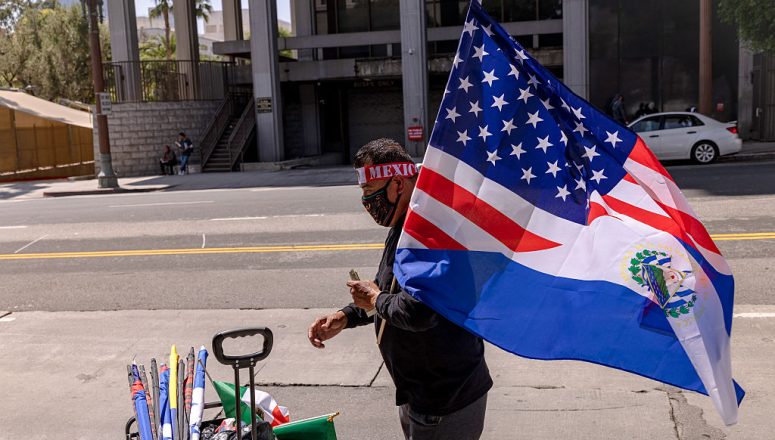You’ve probably heard it before—someone saying “Voy al mall después de hacer el homework” or “No tengo ride, can you pick me up?” That mix of English and Spanish? That’s Spanglish. And it’s more than just a fun blend of two languages—it’s a real reflection of culture, identity, and how people communicate in bilingual communities.
Spanglish is an informal hybrid of Spanish and English used mainly by bilingual speakers across the United States, Latin America, and even Spain. It’s not an official language or dialect, but rather a fluid mix that comes naturally to people who switch between both languages in their daily lives.
Spanglish can happen in many ways:
- Code-switching: Switching languages mid-sentence.
“Fui al supermercado and then I went home.” - Loanwords: Using English words with a Spanish twist.
“Parquear” instead of “estacionar” (from to park). - Direct translations: Taking phrases from English and applying Spanish structure.
“Llamar para atrás” instead of “volver a llamar” (from call back).
Where Did Spanglish Come From?
Spanglish emerged organically in communities where Spanish and English coexist—especially in places like the United States, Puerto Rico, and border regions like Texas and California. It grew out of necessity: kids who learned English at school but spoke Spanish at home, or immigrants adapting to a new linguistic environment.
Over time, it evolved into a cultural expression. It’s not just about language—it’s about identity. Spanglish speaks to the experience of navigating two worlds at once.
Is It “Correct” to Use Spanglish?
Linguistically speaking, Spanglish isn’t “wrong.” It’s informal, yes—but it follows its own rules. However, it’s not lazy or broken Spanish or English. It’s adaptive and creative, often used intentionally to reflect a sense of community, humor, or emotional nuance that one language alone might not capture.

Of course, in formal writing or professional settings, it’s best to stick to one language. But in conversation, music, social media, and storytelling, Spanglish is alive and well. Actually, it’s everywhere—from Reggaetón and pop lyrics to sitcoms, memes, and even bilingual ads on TV.
Spanglish in Music
One of the places where Spanglish truly shines is in music. From Reggaetón and Latin trap to pop and hip-hop, artists have been mixing Spanish and English in lyrics for years—and it’s not just for style. It’s a powerful way to reflect cultural identity, reach wider audiences, and stay authentic.
Some global hits include:
‘MAMIII’ – Becky G & Karol G
“Llegué pa’l party, saca la botellaLa que te quería, no sé quién es ellaTe dejé el review, no te puse ni una estrellaY te olvidé porque no dejaste huella”
‘Taki Taki’ – DJ Snake ft. Ozuna, Selena Gomez & Cardi B
“Porque I am the party, yo soy fiestaBlow out your candles, have a siestaThey can try, pero no one can stop me”
‘Livin’ la Vida Loca’ – Ricky Martin
“She’s livin’ la vida locaShe’ll push and pull you downLivin’ la vida locaHer lips are devil red”
These songs switch between languages effortlessly, sometimes mid-line, and listeners connect with both parts—whether they’re fluent in one language, the other, or both. Spanglish becomes a way to include everyone, while staying true to the artist’s bilingual or bicultural roots.
In a globalized world, Spanglish in music isn’t just popular—it’s relevant, real, and representative of how many people speak, live, and feel. For many, speaking Spanglish isn’t about choosing one culture over another—it’s about embracing both. It’s the sound of borders blurring, generations connecting, and identities evolving.











